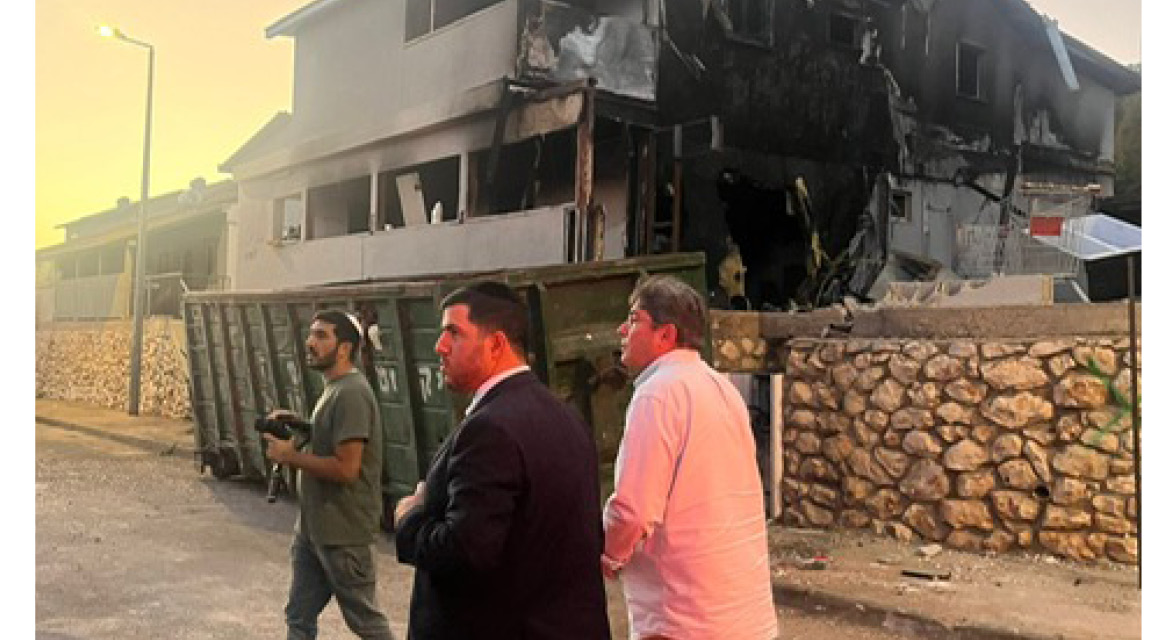Tonight marks the beginning of Sukkot, a holiday most associated with the sukkah — a temporary shelter where we eat, and some even sleep, throughout the holiday, commemorating the types of dwellings Jews lived in during their 40 years of wandering in the desert after the exodus from Egypt.
And once again, like Rosh Hashanah and Yom Kippur, the Sukkot holiday resonates far more deeply this year. More than 12 months into war, we don’t need to sit in symbolic, fragile structures to be reminded of life’s fragility. For far too many in Israel and across the region, displacement and impermanent living situations have become an ongoing and tragic reality.
I spent significant time this week visiting the north of Israel, and I’ve previously written about the vast needs of more than 75,000 people from communities closest to the Lebanese border who've been under mandatory evacuation orders. This trip, though, was focused on the more than 250,000 people still living in communities like Rosh Pina, Nahariya, and Tzfat — just beyond that evacuation zone — whose lives have also been dramatically upended.
Since October 7, these communities — referred to by some as the “Trapped Communities” — have been subjected to more than 6,500 rocket attacks, with the frequency sharply increasing this past month, as the war with Hezbollah has escalated. Schools have been largely closed because they lack appropriate shelters. The elderly are isolated and alone, confined to spaces close to shelters or safe rooms. And because there is no official government evacuation, there is also no government support — making philanthropic support like ours a vital lifeline.
Since the war began, we’ve allocated over $40 million across the north, bolstering emergency preparedness, which includes first-aid assistance to communities in hard-to-reach or inaccessible areas, generators for public shelters, and mobile safe rooms. We’ve also equipped civilian preparedness units, providing medicine and medical aid to the elderly. And we’ve supported extensive mental health treatment as well.
Beyond those life and death needs, we’ve mobilized volunteers to check in on the elderly and deliver food, make home visits to children with disabilities, provide transportation, create safe educational activities for children and teens in shelters, and much more.
This week, I was also reminded that as much as we in the United States read and hear about the physical and emotional toll of the constant threats, they can feel very hypothetical — until they’re not.

